Podcast: Download (Duration: 23:40 — 21.8MB)
Get Notified Of Future Episodes Apple Podcasts | Spotify | Amazon Music | Android | Blubrry | Gaana | TuneIn | Deezer | Anghami | RSS | More
Podcast topics:
01:13 – A bit of background to the topic. Here’s the lead-up to today’s subject.
03:14 – The three campaigns, in short. These are all you need, in a summary.
06:01 – The composition of a list-building campaign. Super easy, yet super essential.
08:47 – Getting them to know you, like you, trust you. The key is delivering value.
09:57 – Very basic yet very important. This is where the sale comes in.
13:19 – Why do you want to capture emails? James reminds the obvious.
14:59 – The huge advantage of using 10XPRO. Reduce the need to buy more $2K info products.
17:14 – One-click campaigns, anyone? It really is that easy!
19:04 – Where it all started for 10XPRO. This thing was made for campaigns.
20:02 – The takeaways of the ep. These are the vital points in summary.
Optimize your business strategy with help from James
James has invited back 10XPRO‘s John Lint, and in this episode they lay the foundations for their next series. Their last podcast series was on membership sites, so if you have or are interested in having a membership, you’ll want to look back at that.
Today’s topic is the absolute basic marketing campaigns you need for your online business. Of course, there’s tons of campaigns out there. These three, however, will play crucial roles in getting you the sales and conversions you need.
A bit of background to the topic
As mentioned, James and John have talked about membership sites. They’ve also talked about online courses. These types of businesses are very lucrative and profitable, and can offer a kind of freedom hard to achieve with other business models.
As part of these past discussions, our hosts have talked about how to sell access to these products. Do you do a webinar, a launch, a sale? These things are basically funnels, or campaigns. John prefers the term “campaign”, because they do require more moving parts than just a series of pages.
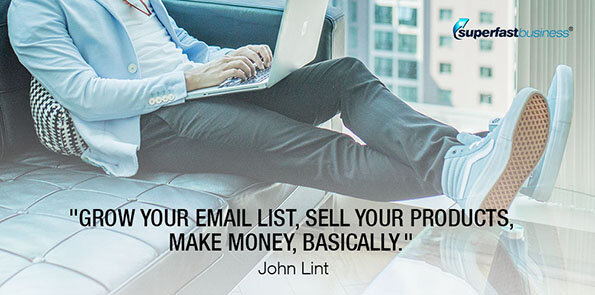 A campaign can be super basic, like a sale, to fairly more advanced, like a segmented webinar. But the goal is always: grow your email list, sell your products, make money, basically.
A campaign can be super basic, like a sale, to fairly more advanced, like a segmented webinar. But the goal is always: grow your email list, sell your products, make money, basically.
John and his team teach all these campaigns as part of access to 10XPRO.io, and he and James may visit them all in the year to come. Today, however, is about the foundations, the building blocks that compose all the more involved campaigns.
The three campaigns, in short
Very simply, the three campaigns are:
1. The list-building campaign. This is very basic, and very, very important. It kicks off most, if not all other online campaigns, and there are multiple ways of going about it.
2. The sale campaign. John prefers to call it the special offer campaign. Sale brings to mind a discount, which can be the case, but isn’t always. This, says John, is the most important campaign or funnel, used 80 or 90 percent of the time, and part of every single other campaign.
Master these two basic campaigns, and you can start complicating things.
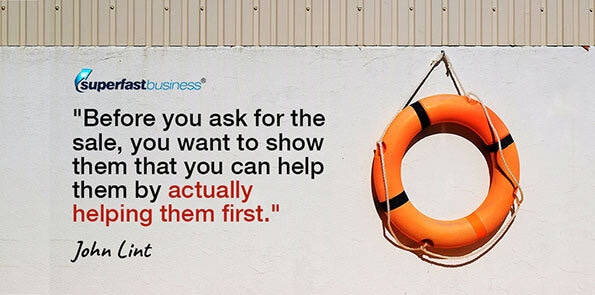 3. The content campaign. This is not really a campaign, John says, but it’s no less important. It helps to maximize your profits and conversions. And it comes in multiple shapes – it might be a video, an article, or a series of pages. And you need it – why? Because before you ask for the sale, you want to show people you can help them by actually helping them first.
3. The content campaign. This is not really a campaign, John says, but it’s no less important. It helps to maximize your profits and conversions. And it comes in multiple shapes – it might be a video, an article, or a series of pages. And you need it – why? Because before you ask for the sale, you want to show people you can help them by actually helping them first.
So in proper order you’ll likely first capture someone’s details with your list-building campaign. Then you’ll deliver some content to educate and entertain them, to prove your credibility and expertise. Then you have the sale, which is usually the backend, where you have an offer, some way of presenting your product, and maybe a recap of what’s been discussed before.
Then you have the funnel, which processes payment, and the pieces – thank you page, etc. – that come after placing an order.
The composition of a list-building campaign
From a structural perspective, the list-building campaign is easy, just two pages.
First is the opt-in page. It offers something cool, and in return requests a name and email (often, just the email).
The user enters their details, and gets the cool thing, which can be a PDF report, a video, an article, a checklist, a book, a webinar, whatever you want to offer that’s of value.
Upon opting in, they get the second page, a thank you page. It simply tells them, Awesome, thank you, whatever we promise you on the opt-in page is coming your way. You can deliver that something via email, or on the page itself, say a video or a PDF that you download.
“Email is always a good way to introduce yourself.”
Then of course, that person’s email gets added to your mailing system, which sends them an email. John likes to send an email whether he delivers on the page or not. It trains them, first of all, to receive his emails. Email is always a good way to introduce yourself, if they don’t know you that well. Then, also, it reminds them of the cool things and its benefits, or the problems you’re going to help them solve.
Getting them to know you, like you, trust you
The content campaign is usually next. In its most basic form, it can be a single page, where you have a video or even just some text.
With the content campaign, you’re providing value. You’re helping people solve a specific problem, or you’re sharing your story. It can be any type of content that is valuable to your viewer – a tip, or a case study.
And it’s simple and basic, but you need it. Because BEFORE you ask someone to buy your products, you need them to know you, like you, and trust you.
Very basic but very important
Finally we have the special offer or the sale campaign. At it’s core, it is only three pages. You can complicate it, but basically it’s:
1. A sales page – a page where you’re describing your products and services. It can be video only, it can be text only. It can be a hybrid with both.
2. An order page – they click a button, and go here, where they enter their payment details – credit card, PayPal, whatever they need to checkout.
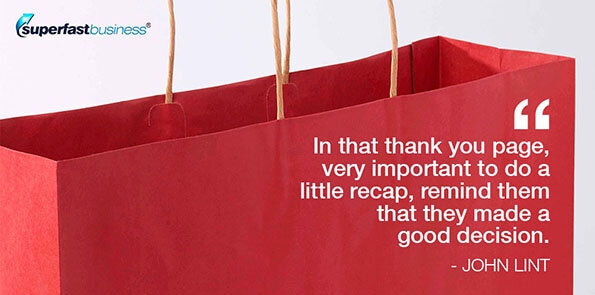 3. A thank you page – here they get a thank you for their purchase, and details on what happens next. They may get an email with logins, or a link to a portal, as is the case usually with courses and memberships. And in that thank you page, says John, it’s also very important to do a little recap, remind them that they made a good decision.
3. A thank you page – here they get a thank you for their purchase, and details on what happens next. They may get an email with logins, or a link to a portal, as is the case usually with courses and memberships. And in that thank you page, says John, it’s also very important to do a little recap, remind them that they made a good decision.
Why do you want to capture emails?
Now some people, says James, need to learn only the first campaign, capturing of emails. He’s thinking specifically of people who do lead generation for a living. Their entire job is to drive traffic to a page and collect an email address or phone number and sell it to someone else.
So if you only learnt that one funnel, you could make money from that, and also back-end it with affiliate offers. How warm the leads are could determine your need for content.
But the primary reason why you want to capture emails, says James, is to have an asset that won’t be wiped out should your account on some big platform be suspended. Please, he says, build an email list – all it takes is the push of a few buttons.
The huge advantage of using 10XPRO
In 10XPRO, all of the three mentioned campaigns are one-click installs. You click Add new campaign, and get a popup to choose the campaign you want, of which there are more than 10 options, from the super basic list-builder to a whole product launch campaign. All the parts you’d normally have to glue together are baked into the system.
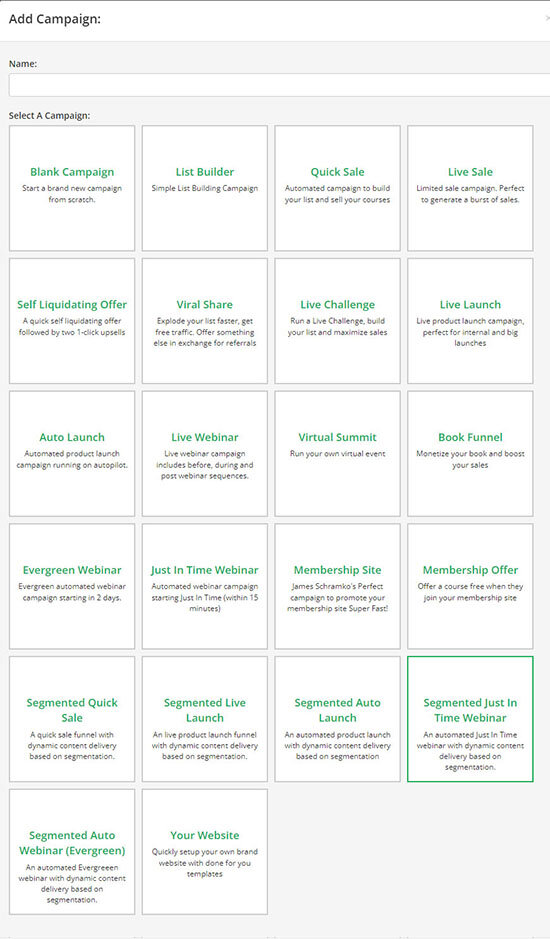
Campaign function in 10XPRO
James has been using 10XPRO with SuperFastResults.com, coming up to two years now. Among the campaigns he’s launched are a book funnel, and a challenge campaign. You click a button, it provides the pages you need, and all you need do is add your details and indicate which email campaign you want it to work with. 10XPRO integrates with most major email systems like ActiveCampaign, Aweber, Infusionsoft and Ontraport.
The genesis of 10XPRO, says John, was digital marketing funnels and campaigns. They were the first platform to create amazing funnels with a minimum of effort.
The takeaways of the ep
A quick recap: You should be capturing email addresses. That’s really the number one campaign that you should be setting up if you don’t already have it. Once you’ve got someone’s email, they’ve put their hand up and said yes, I’m interested in your thing. Continue that relationship.
Chances are you receive emails from James saying, hey, there’s a new episode twice a week. That’s his stage two campaign. He’d call it warming up, or in marketing terms, pre-sales. But more than that, he wants to create a lot of value in advance. And it doesn’t matter if not everyone buys.
“We spend too much time on things that don’t really make a difference.”
The third part of course is actually collecting money. And we do spend too much time on things that don’t really make a difference. It comes down to, as one of James’s mentors said, yes or no. Do you generate an income from your online business, yes or no? If the answer’s no, maybe this is one of the pieces you’re missing, something that people can actually buy.
James sees it in his coaching – people waffle, and he tells them, Just do it. Put your offer out there, draft the page today, show it to me tomorrow. And all they need to do is click on the campaign, fill in the item amount, give it a description, and tell the system what to give people when they buy.
“There’s lots of things you could get paid for today.”
It could be an appointment. It could be a consult. You don’t have to create the thing yet. It could be an event coming in the future. There’s lots of things you could get paid for today. Even if you don’t have the thing, it’s okay as long as you fulfill.
It all starts with these three campaigns. You want to capture email addresses, you want to continue to build the relationship. You want to ask them to buy something.
Expect more advanced campaigns in coming episodes. Drop a line if you’ve seen this one. And let James and John know if you’re interested in a particular campaign.
See what results other people have gotten using 10XPRO, and try out its one-click campaign features yourself.
Access a wealth of business resources and support inside JamesSchramko membership
Explore the one-click marketing campaign features of KLEQ
Liked the show? Leave us a review on iTunes
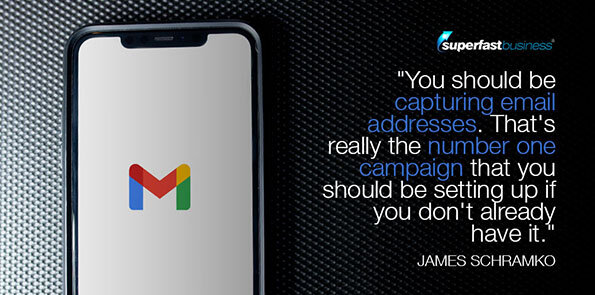

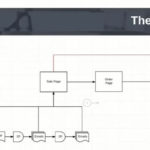







Leave a Reply